The Aero Theatre in Santa Monica has some terrific noir offerings, starting this weekend. First up, an homage to a master: Underworld U.S.A.: The Pulpy Heart of Sam Fuller Cinema. Highlights of the series include: “Shock Corridor,” “Pickup on South Street,” “Underworld U.S.A.” and “The Naked Kiss.”
As part of Monday Night Mysteries, on Aug. 27, there’s a Fritz Lang double feature, starting with a new 35mm print of “The Big Heat,” starring Glenn Ford, Gloria Grahame and Lee Marvin, followed by “The Woman in the Window,” in which Edward G. Robinson risks his cozy life as a college professor to have an affair with Joan Bennett.
If you missed Alan Ladd’s noir-tinged take on F. Scott Fitzgerald’s novel “The Great Gatsby” at this year’s Film Noir Festival, you have a second chance to see the film on Wednesday, Aug. 29. “Gatsby,” which, in addition to Ladd, stars Barry Sullivan as Tom Buchanan, is paired with another Sullivan vehicle, “The Gangster,” to mark the centennial of the actor’s birth. Special guests scheduled to attend on Wednesday are the actor’s daughter Jenny Sullivan and the Film Noir Foundation’s Alan K. Rode.
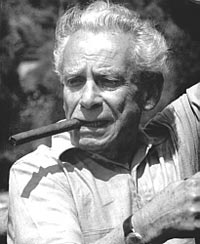






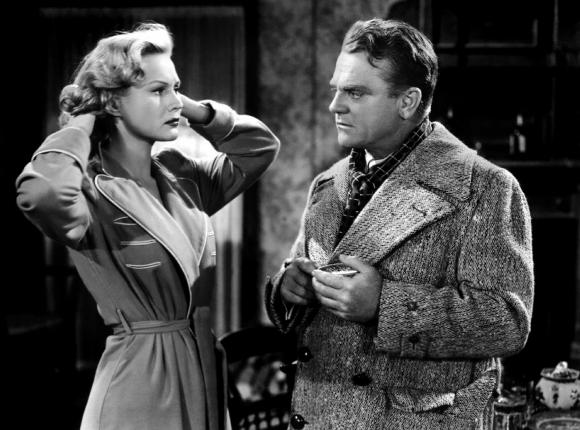
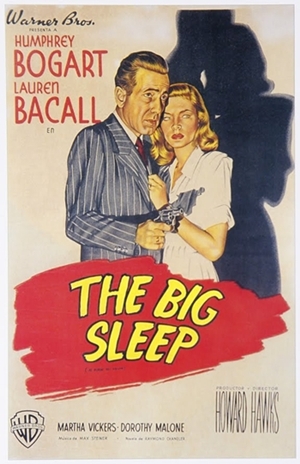
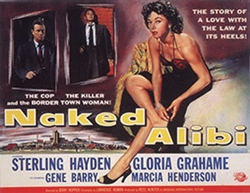
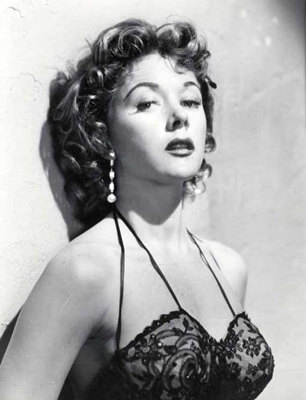
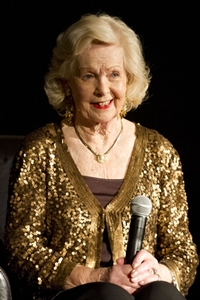
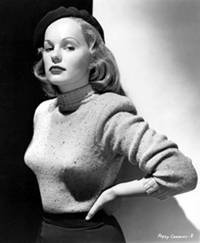
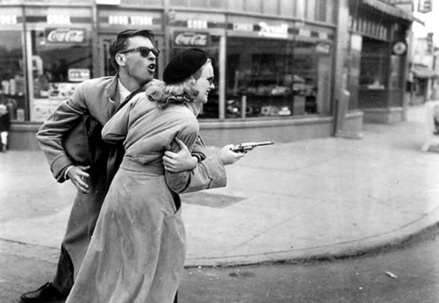
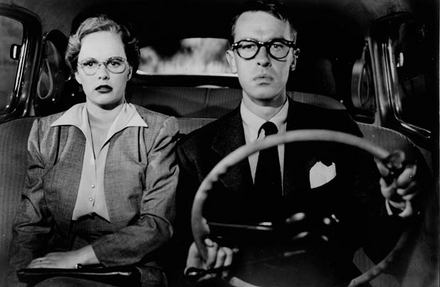
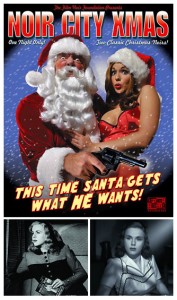
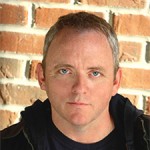
![NC_Chicago225[1]](http://www.filmnoirblonde.com/wp-content/uploads/2011/08/NC_Chicago2251-214x300.jpg)
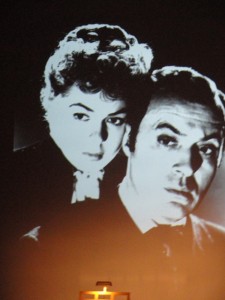
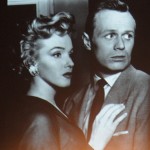





From FNB readers